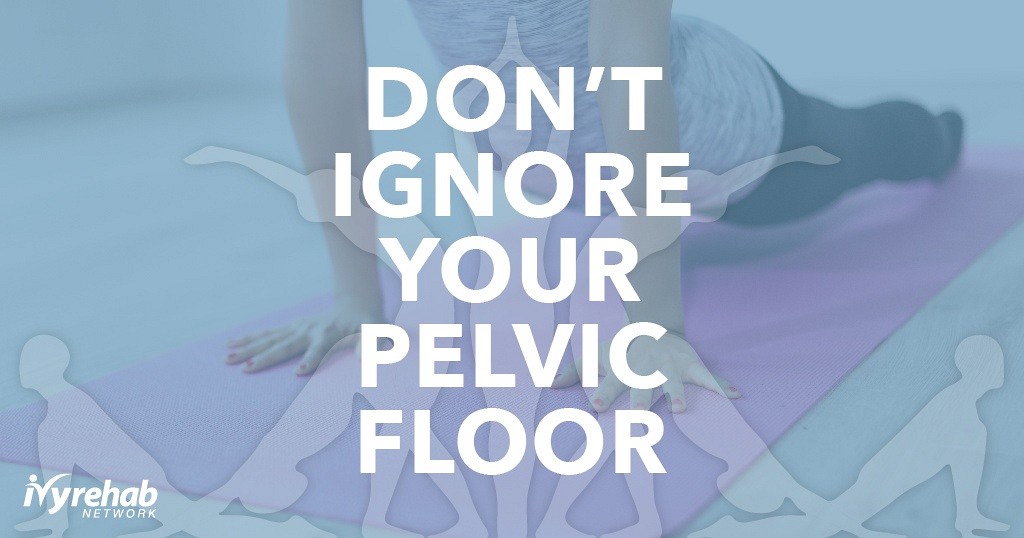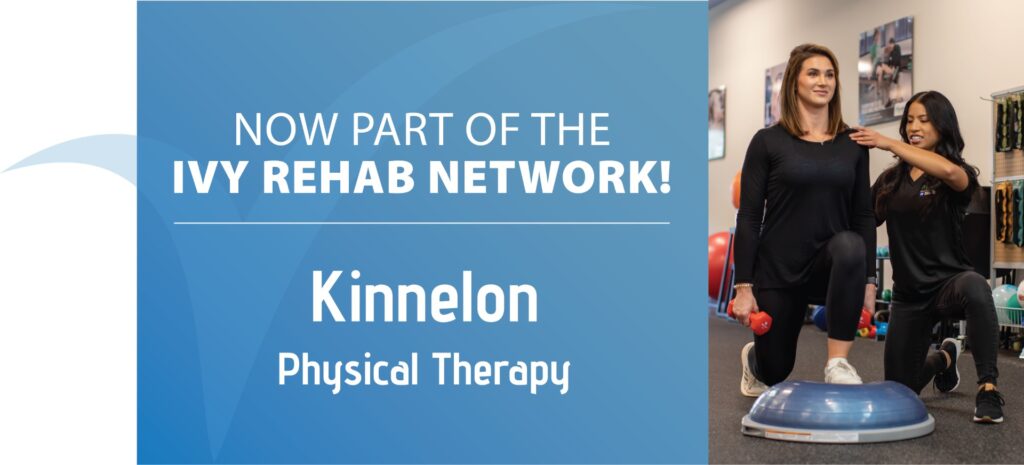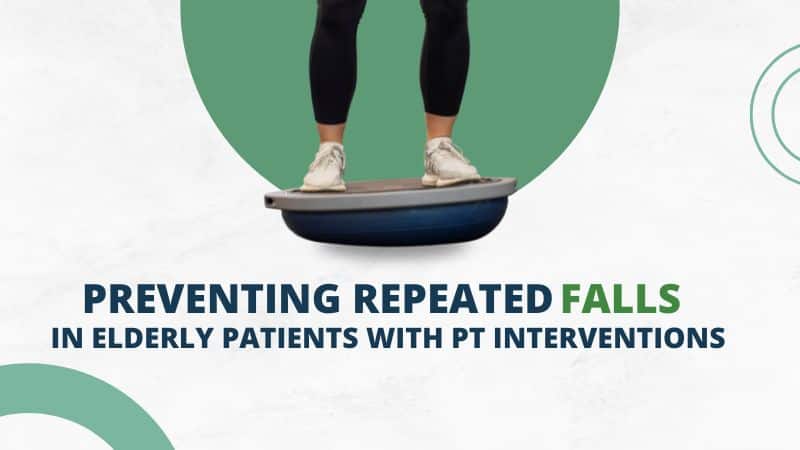Have you noticed you’re constantly running to the bathroom, leaking a little when you laugh, cough, or sneeze, or even avoiding intimacy because it hurts? These can all be symptoms of pelvic floor spasms, and they’re more common than you might think.
Many people live with pelvic floor dysfunction in silence, feeling embarrassed or assuming it’s just part of aging. The truth is, conditions like incontinence, chronic pelvic pain, or bladder control issues can deeply affect your confidence, health, and quality of life.
In this article, we’ll explain what pelvic floor spasms are, their symptoms, and how to manage or treat them.
What Is the Pelvic Floor?
The pelvic floor acts like a hammock of muscles and connective tissue that supports the pelvic organs, primarily the bladder, uterus or prostate, and rectum. These muscles also help with bladder and bowel movement control, sexual function, and core stability.
When functioning properly, the pelvic floor muscles contract and relax smoothly. But injury, surgery, pregnancy, obesity, or conditions like endometriosis can weaken or tighten them, leading to pelvic floor spasm or dysfunction.
Pelvic Floor Dysfunction in Women vs. Men
Both women and men can experience pelvic floor dysfunction, though symptoms may differ.
- Women are more likely to develop pelvic floor disorders due to pregnancy, childbirth, and hormonal changes with age. They may experience urinary incontinence, vaginal pain, constipation, painful sex, or pelvic pain associated with bladder conditions like interstitial cystitis.
- Men can also develop pelvic floor spasm or dysfunction, often after prostate cancer surgery, trauma, or chronic stress on the muscles. Symptoms may include pelvic pain, bowel problems, painful ejaculation, or difficulty controlling urine flow.
Regardless of gender, these pelvic floor disorders are treatable. Seeking care from a provider trained in pelvic floor therapy can dramatically improve symptoms and restore normal function.
What Causes Pelvic Floor Dysfunction?
Understanding the cause of pelvic floor spasm or dysfunction is critical for proper treatment. Common causes include:
- Pregnancy and childbirth: Vaginal delivery can stretch or weaken muscles, while C-sections still affect core support.
- Surgery: Abdominal or pelvic surgery, like hysterectomy or prostatectomy, may damage nerves or connective tissue.
- Injury or trauma: Falls, accidents, or repetitive strain can tighten or weaken the pelvic floor muscles.
- Neurological conditions: Diseases that affect nerves may cause spasms or loss of control.
- Chronic conditions: Constipation, obesity, endometriosis, or chronic coughing increase strain on the pelvic floor.
- Lifestyle factors: Poor posture, heavy lifting, or high-impact exercise may contribute to pelvic pain or dysfunction.
- Stress and tension: Emotional stress often leads to unconscious muscle tightening, which can cause or worsen spasms.
Because every patient is different, a pelvic health evaluation is the best way to uncover what’s contributing to your symptoms.
Symptoms of Pelvic Floor Spasms
There are many symptoms of pelvic floor dysfunction, including urinary or fecal incontinence, a frequent or urgent need to urinate, pelvic floor spasms, or chronic pain in the pelvic area. Recognizing these symptoms early is important so you can seek timely care and begin treatment before the problems worsen.
- Pelvic pain including discomfort in the pelvis, rectum, vagina, penis, or testicles.
- Pain bladder symptoms like urinary urgency or painful urination
- Constipation or strained bowel movements
- Lower back pain
- Painful sex or inability to have penetrative sexual intercourse for women
- Pressure in the pelvic region or rectum
- Pelvic organ prolapse
- Pelvic muscle spasm
- Vaginismus or endometriosis
- Vulvodynia (pain of vulva) and genital skin conditions
- Pregnancy and postpartum recovery
- Painful or premature ejaculation for men
Common Types of Incontinence
Urinary incontinence is one of the most common issues linked to pelvic floor spasm and dysfunction. There are three primary types:
1. Stress Incontinence
This happens when urine leaks during activities like coughing, sneezing, laughing, lifting, or exercising. This type of incontinence is usually caused by weak pelvic floor muscles that can’t properly support the bladder, making it hard to maintain control during moments of increased pressure.
2. Urge Incontinence
Urge incontinence is characterized by a sudden, overwhelming need to urinate, sometimes triggered by simple cues like running water, feeling cold, or even getting close to a bathroom. It may be related to bladder irritation, nerve issues, or overactive muscles and often creates an urgent and stressful situation.
3. Mixed Incontinence
Mixed incontinence is a combination of both stress and urge incontinence, meaning patients may experience both leakage during activity and sudden urgency. It’s the most common form in older women but can also affect men, particularly if their pelvic floor muscles are weakened or their bladder function is compromised.
Why See a Pelvic Floor Therapist?
The good news: there are effective, non-invasive treatments for pelvic dysfunction.
Before pursuing surgery, it’s worth visiting a urogynecologist, urologist, specialty bladder clinic, or pelvic floor therapist (PFT). Many pelvic floor conditions can be treated and managed through a combination of therapies, including pelvic floor rehab.
PFTs specialize in the rehabilitation of the pelvic floor, addressing dysfunctions that affect the bladder, bowel, sexual health, and pain. They’ll help you understand your symptoms and lifestyle factors that may aggravate them. They’ll work with you to create a personalized program to minimize or manage pelvic discomfort or pain, along with retraining and strengthening your muscles and maintaining lifelong pelvic health.
Your physical therapist may recommend:
- Education: Nutrition and behavioral strategies, including reducing bladder irritants and retraining your bladder to go less often.
- Pelvic floor exercises: Working with a therapist to learn to do Kegel exercises correctly at home with or without a biofeedback tool (egg or wand).
- Manual pelvic floor therapy: Hands-on trigger point massage to release muscle tension and improve posture, blood circulation, and mobility.
- Therapeutic exercise: Stretching, yoga, and core stabilization exercises.
- Self-care: Mindfulness, breathing techniques, and other pain management methods.
- Pelvic floor biofeedback: This technique helps patients “see” how the pelvic floor muscles are working by doing Kegels and watching the results on a computer screen.
- Electrical stimulation: Using a probe inserted into the vagina or anus, a low-voltage electrical current helps exercise muscles, reduce pelvic floor spasms, and teach patients how to coordinate muscle contractions.
Tips for a Healthy Bladder
Maintaining healthy bladder habits helps prevent problems, reduce the symptoms of pelvic floor spasms, and support long-term pelvic health.
- Aim to go every 3-4 hours.
- Avoid “just in case” (JIC) urination.
- Take time to relax and sit on the toilet. Don’t hover or rush through urination!
- No straining or “bearing down” on your pelvic floor.
- No nighttime JIC peeing; avoid fluids a few hours before bed.
- Avoid constipation with plenty of water and high-fiber foods.
- Drink enough water based on your body weight.
- Limit bladder irritants including coffee, soda, and sugary drinks.
- Void before and after sexual intercourse.
- Do regular Kegels/pelvic floor exercises.
Don’t Ignore your Pelvic Floor!
When the pelvic floor is not functioning correctly, it can impact your life on many levels. Don’t be embarrassed to talk about it – these issues are more common than you might think, and they can be treated. T
Pelvic floor physical therapy is private, respectul, and personalized to your comfort and goals There’s no need to live in pain or plan your day around bathroom trips.
Contact an Ivy Rehab clinic today and free yourself from pain, pads, and constant worry.
FAQs
Can chronic pelvic pain be caused by pelvic floor dysfunction?
Yes. Chronic pelvic pain is often associated with spasm of the pelvic floor muscles, nerve irritation, or conditions like endometriosis.
Can pelvic floor dysfunction go away on its own?
Some mild problems improve with lifestyle changes, but most require treatment such as physical therapy or guided exercises. It’s best to seek help early.
How can therapy help symptoms of pelvic floor spasms?
Therapy relaxes tight muscles, retrains bladder and bowel movement control, reduces pain, and provides strategies to manage disorders long term.
What does a pelvic floor spasm feel like?
A pelvic floor spasm often feels like tightness, cramping, or sharp pain in the pelvis, vagina, rectum, or bladder. It may cause urinary urgency or painful sex.
What tests are used to diagnose pelvic floor dysfunction?
Providers may use physical exams, bladder diaries, imaging, or biofeedback tests to identify the condition and its cause.

Your Journey to Recovery Starts Here
Experience tailored physical therapy programs designed to alleviate pain and restore function.
Article by: Holly Lookabaugh-Deur, PT, DSc, GCS, CEEAA
Director of Clinical Services at Ivy Rehab Network
Practicing physical therapist, partner and Director of Clinical Services at Ivy Rehab Network with more than 40 years of experience in sports management with young athletes, and is board certified as a geriatric clinical specialist and certified exercise expert for aging adults. Deuer is certified as an aquatic and oncology rehabilitation specialist and serves as adjunct faculty at Central Michigan University and Grand Valley State University.





